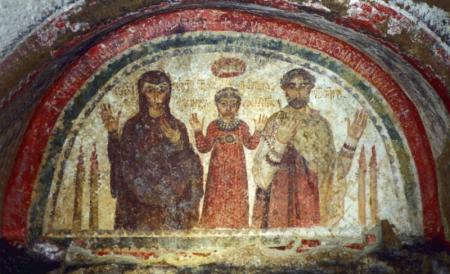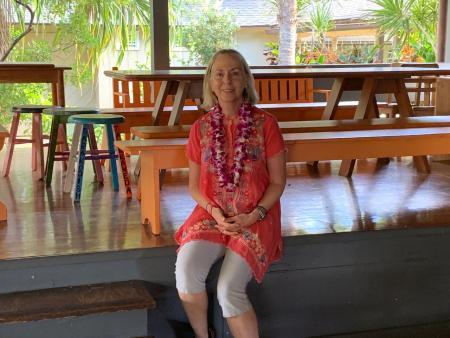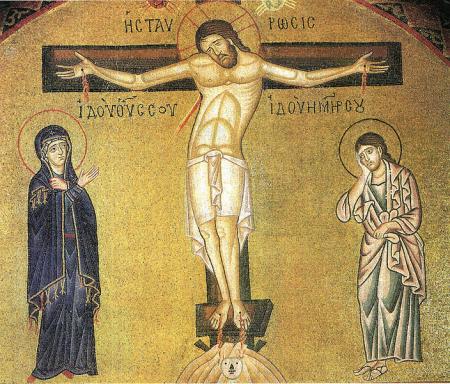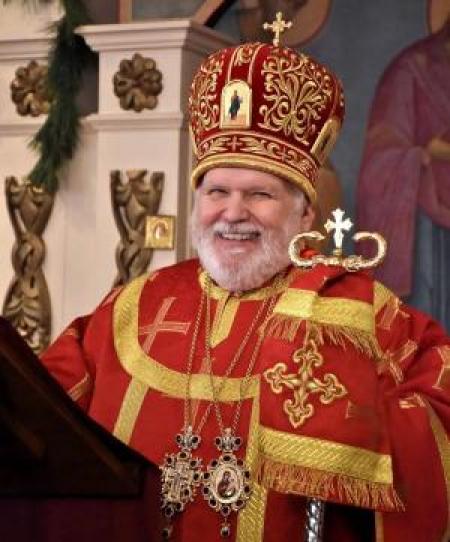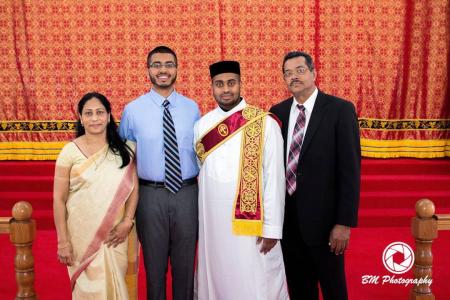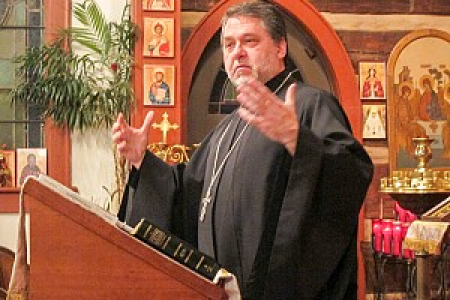“Learning to dance in the rain”: Building up Orthodoxy in Uganda during pandemic
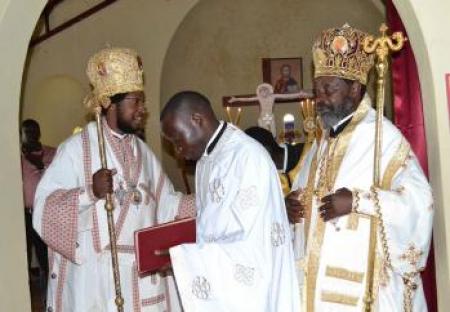
Father Simon Menya is on the move in Northern Uganda, translating books into the local Luo language, spearheading agricultural projects to promote self-sufficiency, distributing supplies to those in need, and, of course, catechizing the faithful.
The first Ugandan to graduate from St. Vladimir’s Orthodox Theological Seminary (SVOTS), Fr. Simon (’18) was ordained to the holy priesthood in 2019 by the hand of His Grace, Silvester Kisitu Maximos, bishop of the Ugandan Orthodox Church’s Diocese of Gulu and Eastern Uganda.
The pandemic has hit Uganda hard, with its people never before experiencing lockdown. But Fr. Simon is using it as an opportunity to minister to his flock in Acholi-Nyek village, where he is planting a church community.
“When the Covid-19 outbreak occurred I continued visiting and encouraging them by telling them to keep calm and carry on,” said Fr. Simon. “This gave us time to meet and also talk about farming activities.”
Father Simon hired local laborers to uproot trees and plow approximately eight acres of land to grow crops, which will benefit the church community. He also gave community members about thirty acres of land so that they could have their own plots to farm in order to support their families.
The work in Acholi-Nyek is part of The Northern Uganda Self-Sufficiency Project (NUSSP), which was initiated under His Eminence, Metropolitan Jonah of Kampala and All Uganda. NUSSP was formed out of a desire to see a thriving Orthodox community in Northern Uganda no longer dependent on financial assistance from the Church in Greece, which reduced its support during Greece’s financial crisis.
Extreme poverty is widespread in Uganda and Orthodox priests must work multiple jobs to provide what little they can for their families and parishes. The country has also been ravaged by years of civil war. Father Simon’s brothers were killed by the rebel group, Lord’s Resistance Army (LRA) during the conflict.
“I hope to restore the lost faith and hopes of the people due to the twenty-four years of war,” he said, “and to encourage self-supportive life skills in them through our churches.”
Besides the agricultural program, NUSSP initiatives include developing forty hectares of land recently acquired to support a church, school, and small businesses; establishing a health center; and implementing Orthodox youth and adult education programs.
Father Simon is also taking advantage of the many hours in lockdown to translate materials from English into Luo so that people can understand church services. Four young men who are active members of the Church are assisting him in this process. They have just finished translating the service of Orthros as well as a booklet on the Jesus Prayer, an Orthodox prayer book, and a book on catechism.
These and many others books were donated by SVOTS when Fr. Simon was a seminarian. In 2019, SVOTS tithed 10% of its funds from Giving Tuesday and used the monies to ship the books to Uganda and to support NUSSP.
The NUSSP has also received support during the COVID-19 pandemic from Dr. Ioana Popa and Sébastien Falardeau of the organization Along The Journey, Coaching, Consulting & Spiritual Care. With that help, Fr. Simon and his team purchased food items and face masks and distributed food to orphans and widows in the village. They also handed out masks to those who couldn’t afford one, following a government directive making masks mandatory in public.
Along with his work in Acholi-Nyek, Fr. Simon is an assistant priest in three parishes. To sustain himself during his many long days of ministry, he tries to remember wise words once shared with him.
“We all know that ‘life isn't about waiting for the storm to pass, but it’s about learning how to dance in the rain,’” said Fr. Simon. “One time an old man told me a word of wisdom, that ‘My son, during low points in your life it’s better to be busier than to be busy worrying, because when the world is running down, you can make the best of what's still around.’ This is what inspired me and NUSSP to engage this community during COVID-19.”
If you want to support the work and progress of Fr. Simon/NUSSP in Uganda, you can donate through Lift Up Uganda, a nonprofit that was started by American supporters of NUSSP. You may also donate through PaPpal on the NUSSP website. Father Simon can be reached by email at menyasimon@gmail.com.

